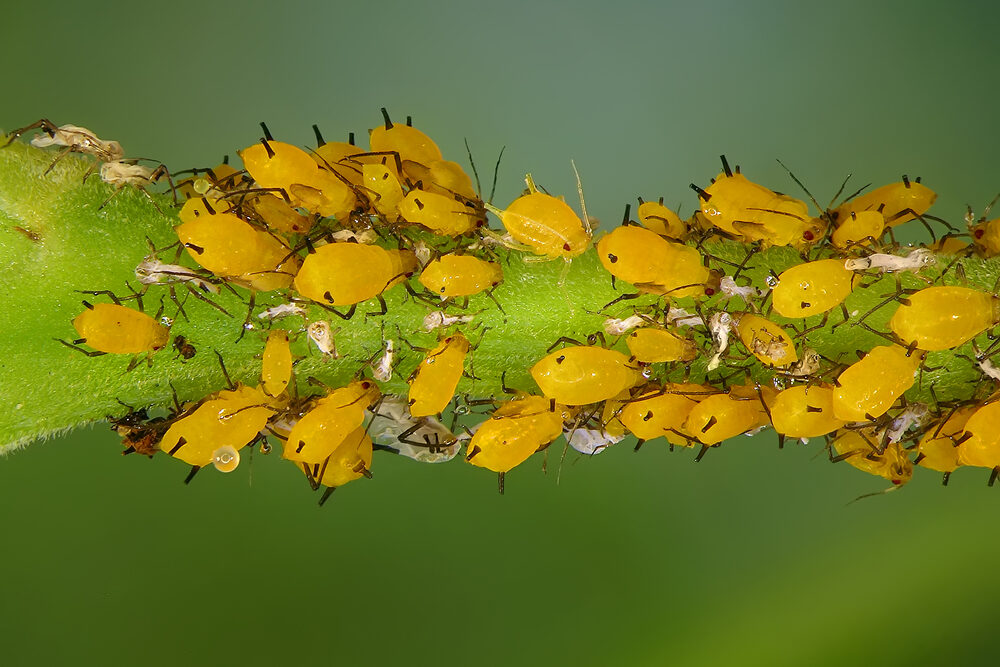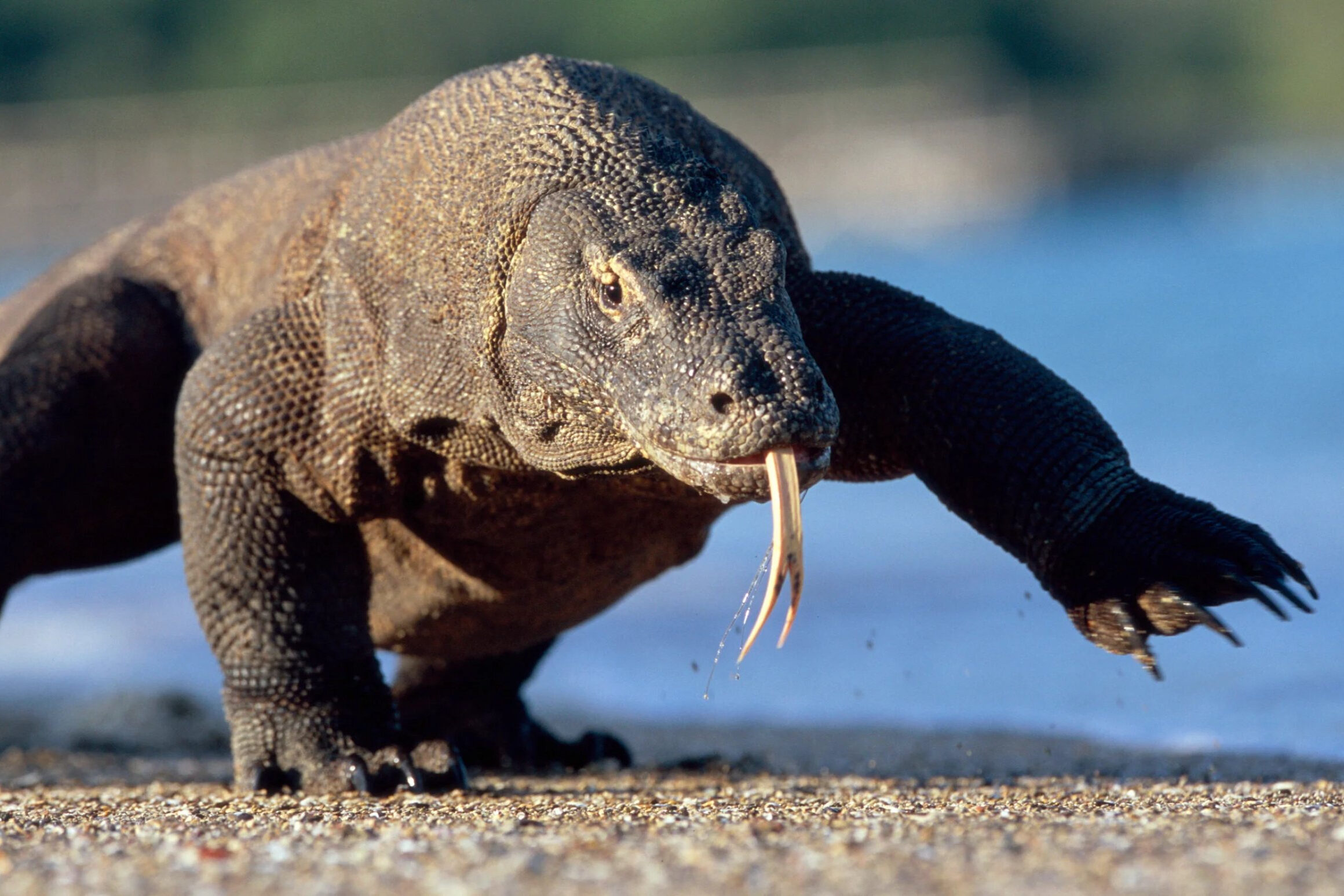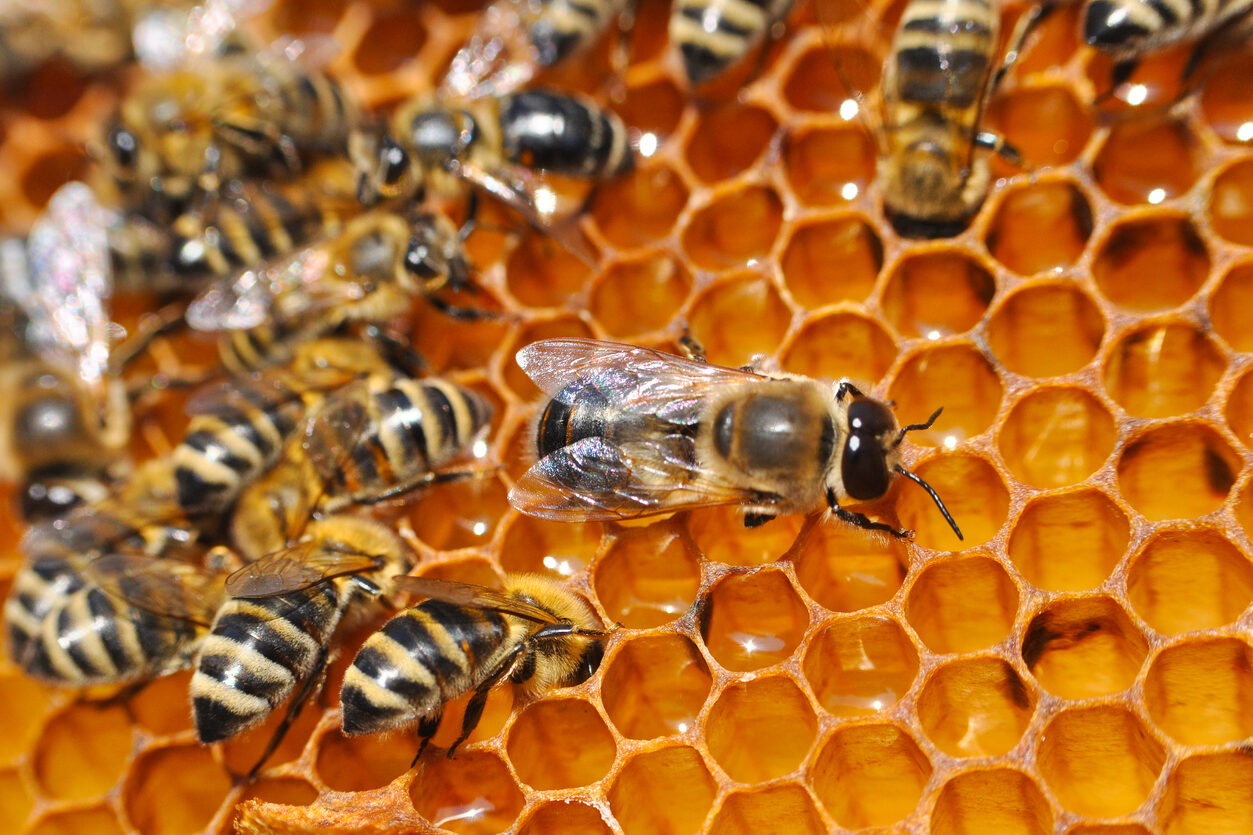1. Yes, Virgin Births Are Real—And They’re Happening Right Now

Imagine a world where creatures can reproduce without ever needing a mate. No courtship, no battles for dominance—just life appearing out of thin air. Sounds like something from a sci-fi movie, right? Well, nature has already cracked the code, and it’s called parthenogenesis, or “virgin birth.”
Parthenogenesis allows females to produce offspring without any genetic contribution from a male. While it may seem like a bizarre anomaly, it’s a real and well-documented phenomenon found in certain insects, reptiles, amphibians, and even some fish. These creatures have a built-in reproductive backup plan, ensuring survival when mates are scarce. And the more we study it, the more astonishing it becomes.
2. The Queens of Parthenogenesis—Insects Have Mastered It

In the world of insects, virgin births aren’t just possible—they’re part of the system. Honeybees, ants, and wasps have been using parthenogenesis for millions of years to keep their colonies running like well-oiled machines. In these species, unfertilized eggs develop into male drones, ensuring a constant supply of workers and reproductive males.
But nature takes it a step further. Some species, like aphids, can reproduce exclusively through parthenogenesis, churning out identical offspring at breakneck speeds. This allows them to populate an area incredibly fast, which is why they’re such a nightmare for farmers. These insects don’t need love; they just need survival.
3. Stranded? No Mates? No Problem!

Most species need both males and females to keep their populations going, but some animals treat reproduction like a solo mission. When mates are scarce, creatures like the Komodo dragon, certain sharks, and even snakes can switch on parthenogenesis to produce offspring entirely on their own.
Scientists have recorded cases of captive female sharks giving birth despite never being in contact with a male. Even more fascinating, Komodo dragons have been observed laying fertilized eggs in the wild without any mating. It’s as if nature built a biological failsafe into their DNA, ensuring that life carries on even in extreme circumstances.
4. The Cloning Effect—Why It’s Risky

Parthenogenesis may sound like an evolutionary superpower, but it comes with a serious drawback: lack of genetic diversity. Offspring produced through virgin birth are essentially clones of their mother, inheriting not just her strengths but also her weaknesses.
This makes species that rely solely on parthenogenesis extremely vulnerable. If a deadly disease emerges or environmental conditions change drastically, an entire population could be wiped out because they lack the genetic variety needed to adapt. In nature, survival often depends on diversity, which is why most species still rely on good old-fashioned reproduction to mix things up.
5. Could Humans Ever Have Virgin Births?

The idea of human parthenogenesis has fascinated scientists, philosophers, and sci-fi writers for decades. While theoretical experiments have explored ways to trigger it artificially, natural virgin births in humans are, so far, impossible.
The reason? Human reproduction depends on a complex mix of genetic material from two parents. Without the combination of sperm and egg, crucial biological processes wouldn’t function properly. Some scientists have managed to induce parthenogenesis in human eggs in lab settings, but no viable human embryo has ever been produced this way. For now, at least, true virgin births remain firmly in the realm of mythology and science fiction.
6. Proof That Life Finds a Way

If there’s one lesson to take from parthenogenesis, it’s that life refuses to be stopped. Whether it’s an isolated lizard, a shark in captivity, or a colony of bees engineering their own workforce, virgin births prove that nature always has a backup plan.
Evolution has equipped some species with the ability to bend the rules when survival is at stake. And who knows? As science continues to uncover more about genetics and reproduction, we may one day unlock even more astonishing secrets about how life creates itself. One thing’s for sure—nature is full of surprises, and we’ve only just scratched the surface.


